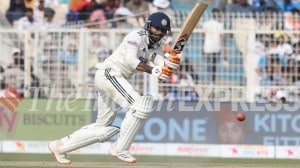Anuj Bhatia is a personal technology writer at indianexpress.com who has been covering smartphones, personal computers, gaming, apps, and lifestyle tech actively since 2011. He specialises in writing longer-form feature articles and explainers on trending tech topics. His unique interests encompass delving into vintage tech, retro gaming and composing in-depth narratives on the intersection of history, technology, and popular culture. He covers major international tech conferences and product launches from the world's biggest and most valuable tech brands including Apple, Google and others. At the same time, he also extensively covers indie, home-grown tech startups. Prior to joining The Indian Express in late 2016, he served as a senior tech writer at My Mobile magazine and previously held roles as a reviewer and tech writer at Gizbot. Anuj holds a postgraduate degree from Banaras Hindu University. You can find Anuj on Linkedin. Email: anuj.bhatia@indianexpress.com ... Read More
My favourite gear and gadgets of 2024
From Google Pixel 9 Pro Fold to CMF Phone 1 to Apple Mac mini (2024) and Fitbit Ace LTE, here’s what I liked tinkering with this year.
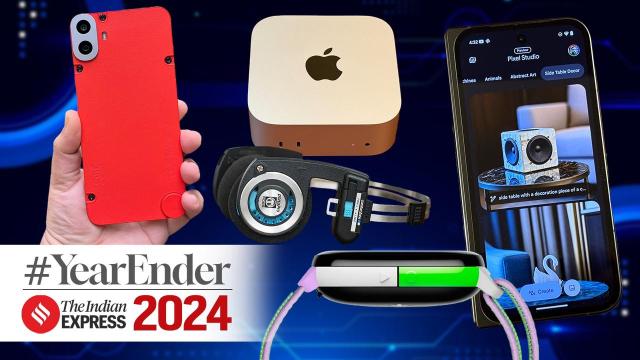 The Indian Express’ Anuj Bhatia picks up his favourite gadgets of 2024, from the Google Pixel 9 Pro Fold to Apple Mac mini. (Express Photo)
The Indian Express’ Anuj Bhatia picks up his favourite gadgets of 2024, from the Google Pixel 9 Pro Fold to Apple Mac mini. (Express Photo)This year, I have had my hands on nearly every new gadget to hit the tech scene — from smartphones and laptops to watches and accessories. Even if I don’t get to review a device, I make it a point to experience it.
I used many more devices than in previous years, and here are some of my favourite gadgets of 2024.
Google Pixel 9 Pro Fold
 The Pixel 9 Pro Fold is the best foldable smartphone on the market. (Image credit: Anuj Bhatia/Indian Express)
The Pixel 9 Pro Fold is the best foldable smartphone on the market. (Image credit: Anuj Bhatia/Indian Express)
I was sceptical about foldable devices before I reviewed the Pixel 9 Pro Fold (review), a point I have raised before. However, I was satisfied with Google’s second-generation foldable smartphone, barring one qualm. Sure, the Pixel 9 Pro Fold isn’t perfect — no smartphone is — but for the first time, I felt the hybrid tablet/phone experience works almost exactly how it should. Yes, the Pixel Fold opens to reveal a large tablet-like display, similar to other foldable devices in the market, and yes, a visible crease exists. Despite that, I quickly got used to the Pixel 9 Pro Fold. Perhaps it’s because the short and wide design of Google’s folding phone makes the device so comfortable to use. It made writing emails, watching videos, taking photos, and playing games on the exterior screen easier.
For me, the Pixel 9 Pro Fold comes closer to achieving what the industry envisions for foldables — excellent industrial design, terrific cameras, and a heavy dose of artificial intelligence features, some of which are genuinely helpful for everyday use. However, where Google still needs to improve — and I think the road is long — is how the Pixel Fold works as a tablet. The interface still feels like what you’d get on a smartphone, and when the phone opens up to a tablet, the experience feels, well, kind of boring. There’s no denying that the Pixel 9 Pro Fold isn’t for everyone. It’s a very expensive smartphone, but I feel Google still has a chance to show the world how a foldable should be made.
CMF Phone 1
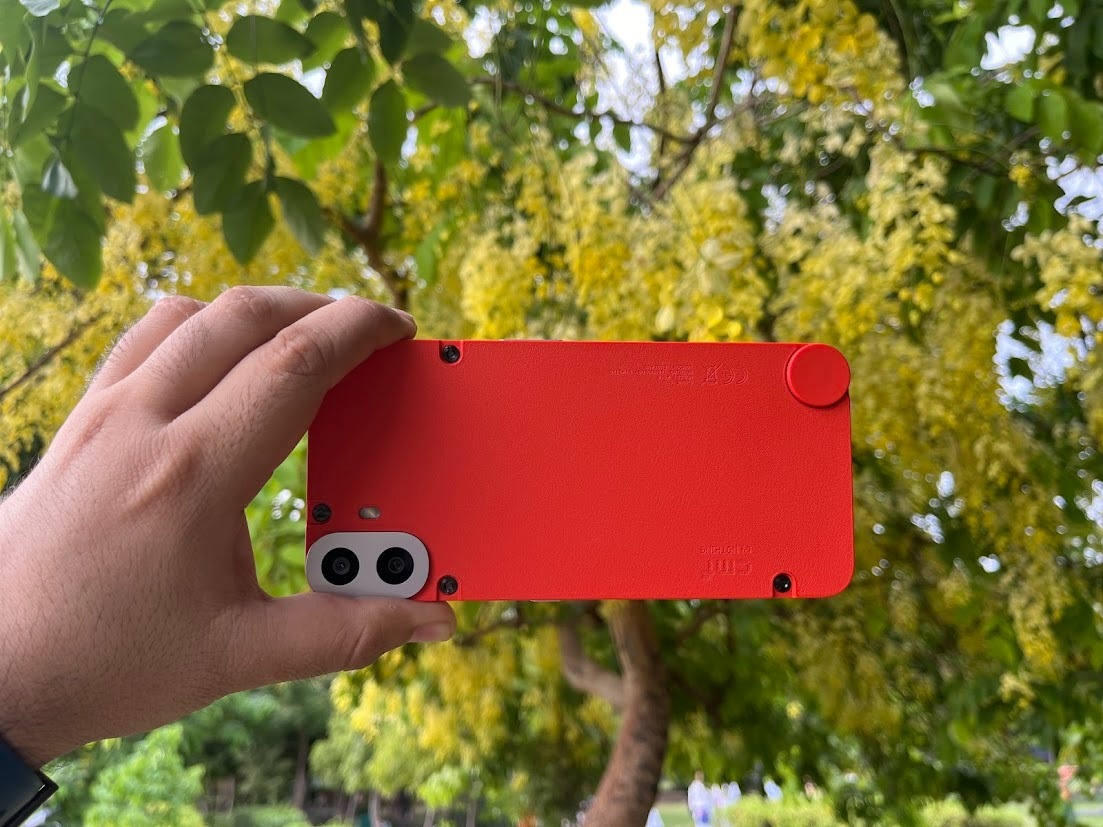 Nothing’s CMF Phone 1 makes smartphones fun again, thanks to its semi-modular nature.
Nothing’s CMF Phone 1 makes smartphones fun again, thanks to its semi-modular nature.(Image credit: Anuj Bhatia/Indian Express)
The CMF Phone 1 (review), a sub-brand of the British technology startup Nothing, led by OnePlus co-founder Carl Pei, perhaps was one smartphone out of the many I reviewed this year that stood out for me. The Phone 1 doesn’t have flagship-grade hardware, insane cameras, or fancy AI tricks up its sleeve. Instead, Nothing did something completely different with the CMF Phone 1. The Phone 1 is a merger of the old with the new, reintroducing modularity to smartphones, at a cost-effective price. This is the device’s big appeal: a phone with interchangeable backs and additional accessories like a lanyard, kickstand, or wallet that can be attached using the Accessory Point, a small wheel at the right corner of the phone.
The CMF Phone 1 is fun, a little weird, and delivers a distinct thrill when using the device. I had so much joy loosening up screws with a screwdriver — something only a nerd can understand. From its plasticky build quality and toy-like appearance (I absolutely loved the orange back cover) to the quirkiness in the user interface, the Phone 1 stands out as a smartphone with a difference. I can’t wait to see what Nothing does next with the second-generation CMF smartphone.
Sonos Ace
 Sonos Ace are a great pair of headphones, and although they cost more than your average over-ear headphones, they deserve to be on the list of the best-sounding headphones of 2024.(Image credit: Anuj Bhatia/Indian Express)
Sonos Ace are a great pair of headphones, and although they cost more than your average over-ear headphones, they deserve to be on the list of the best-sounding headphones of 2024.(Image credit: Anuj Bhatia/Indian Express)
I had been waiting for Sonos to launch a pair of over-ear headphones for a long time, and I guess everyone who follows the brand wanted this to become a reality. Sonos did not disappoint with the Ace (review), its first over-ear headphones. The design and comfort are great; they feel lighter to wear, the sound quality is impressive, and the noise cancellation and transparency modes work perfectly.
The headphones have a handcrafted feel, like a Hermes Birkin, therefore, the price is also on the higher side. Although sound quality is subjective, I felt they sounded somewhere between the Sony WH-1000XM5 and the AirPods Max, yet held their ground on their own. For owners of Sonos soundbars, there is even a feature called “TV Audio Swap.” However, I wish Sonos had included Wi-Fi in the Ace; it would have been great if you swear by the Sonos ecosystem. Anyway, I was mighty impressed with the Ace, and I feel Sonos has designed its first headphones very thoughtfully.
Apple Mac mini (2024)
 The Mac mini is an excellent DIY computer with a tiny footprint. (Image credit: Anuj Bhatia/Indian Express)
The Mac mini is an excellent DIY computer with a tiny footprint. (Image credit: Anuj Bhatia/Indian Express)
I fell in love with the new Mac mini (review) instantly. These days, not all Apple products impress me as much as they used to, but I felt the company nailed it with the Mac mini. A Mac that resembles an Apple TV streaming box, runs full-fledged macOS, and is powered by Apple’s M4 and M4 Pro chips, yet still remains affordable, is impressive.
For years, the Mac mini was oddly placed in the Mac desktop lineup, and maybe not everyone understands what the DIY computer really does. But I am glad that Apple has still put its soul and heart into a product, especially a desktop computer, that may never reach the sales numbers of a MacBook Air or MacBook Pro. The Mac mini impressed me with how the device sits on a different peripheral and ditches the current industry standards, yet Apple has found a way to make this machine a reality. I think the Mac mini is madness (in a good way), and I loved it.
Koss Porta Pro Wireless
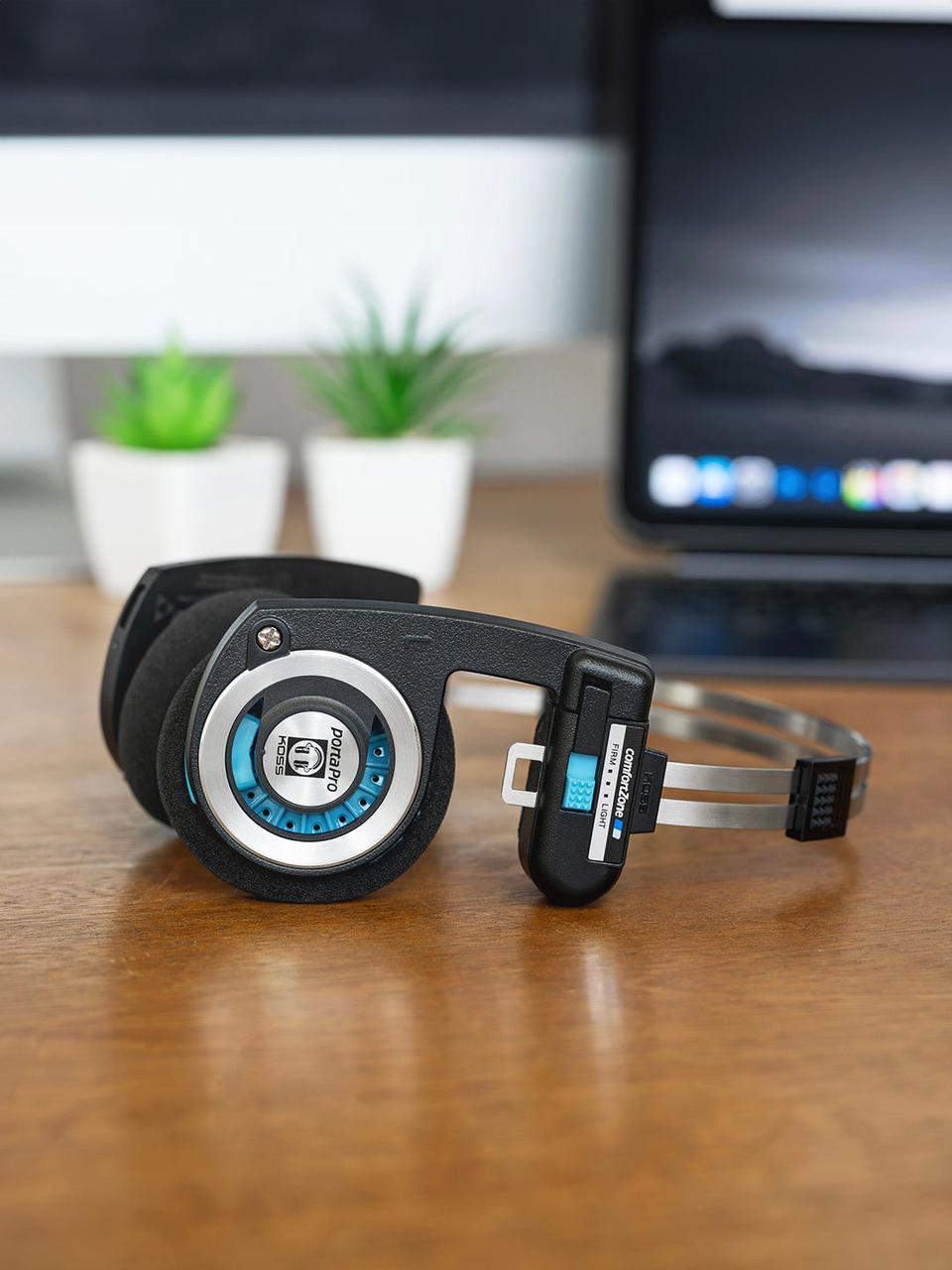 Koss released the Porta Pro headphones in 1984, and the design remains unchanged to date (Image credit: Koss)
Koss released the Porta Pro headphones in 1984, and the design remains unchanged to date (Image credit: Koss)
As I travelled more this year for work and took more flights, I found myself drawn to headphones. One such pair that I absolutely loved and tried many times during my trips to the US was the Koss Porta Pro Wireless. They’re wireless, on-ear headphones with a retro look, complete with a spring-steel headband as if designed for use with a Walkman.
The headphones are super light and comfortable to wear. Although they lack noise cancelling, the sound quality is amazing. You can certainly find zillions of Bluetooth headphones on the market, but if you are someone like me who is a sucker for vintage designs, the Koss Porta Pro Wireless feels different.
Fitbit Ace LTE
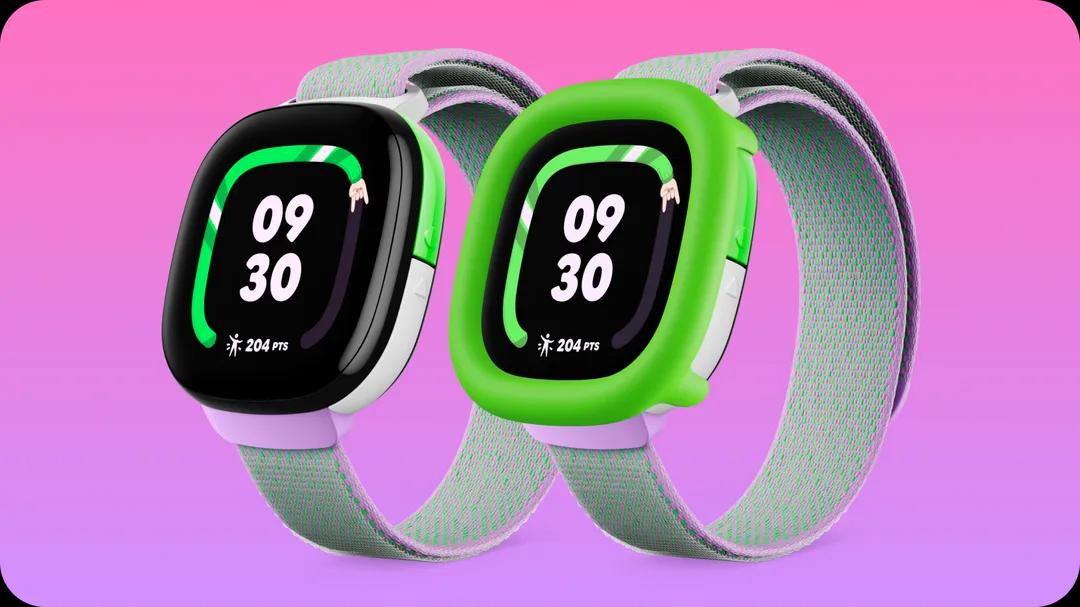 With Fitbit ACE LTE, Google is trying to make smartwatches fun again. (Image credit: Google)
With Fitbit ACE LTE, Google is trying to make smartwatches fun again. (Image credit: Google)
I recently tried the Fitbit Ace in New York, as the device left a lasting impression on me, I am planning to get one the next time I travel. It’s a smartwatch for kids, but I want it for myself. The Ace is a unique smartwatch designed for kids, yet it has modern hardware and sleek software. Think of a kids’ smartwatch with shades of Nintendo and Tamagotchi, but made by Google.
The bands are interchangeable and have a Nintendo-esque playfulness. The display is OLED, and the hardware is similar to a Pixel Watch, including the same electrical sensors and heart rate monitor, as well as LTE support. The battery lasts around 16 hours. Because it’s specifically designed for kids, it’s also rugged. What sets the Ace apart is a set of pre-installed games with motion controls, where playing these games unlocks rewards once activity currency has been collected. I liked how the Ace offers a fresher take on gamifying activity, and having onboard GPS means parents can track their kids.
It’s a great alternative to a phone for kids, but there’s a catch: you need to pay $9.99 per month on top of the smartwatch’s cost to enable calling, texting, and location sharing. I still recommend the Fitbit Ace LTE because there is no other smartwatch for kids as unique as this on the market.






